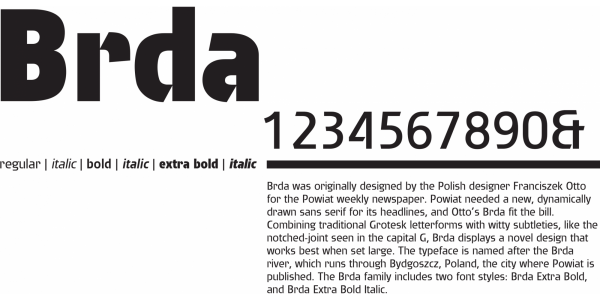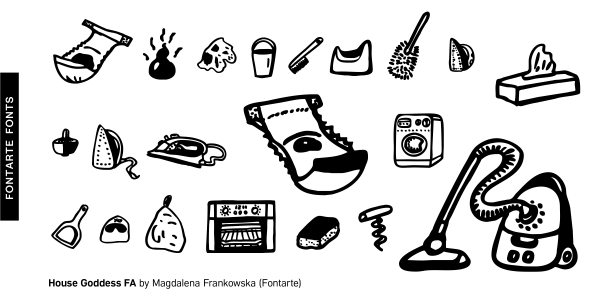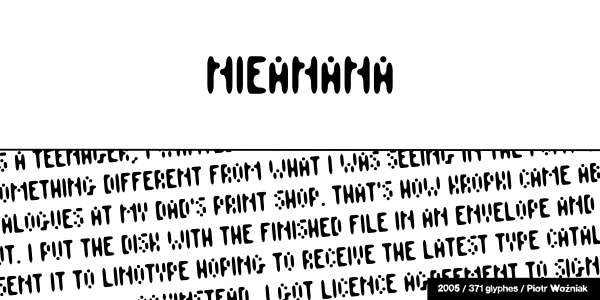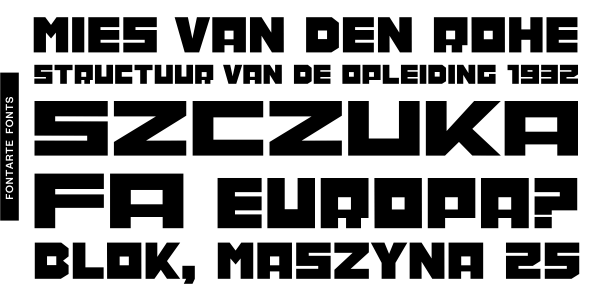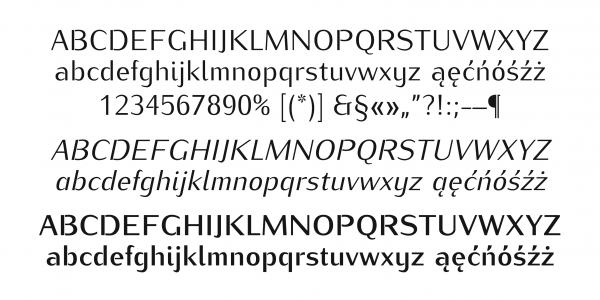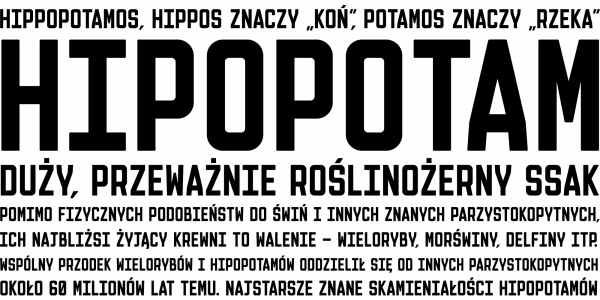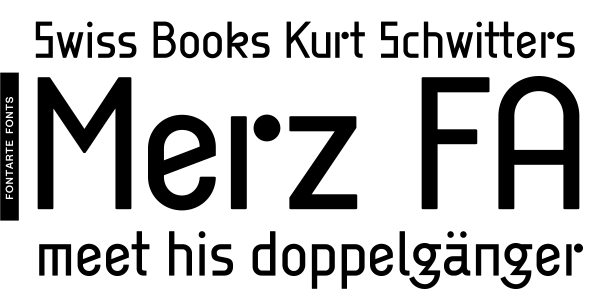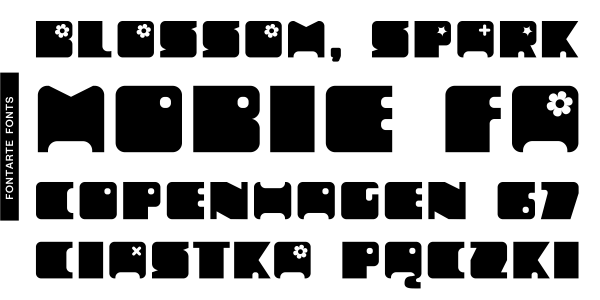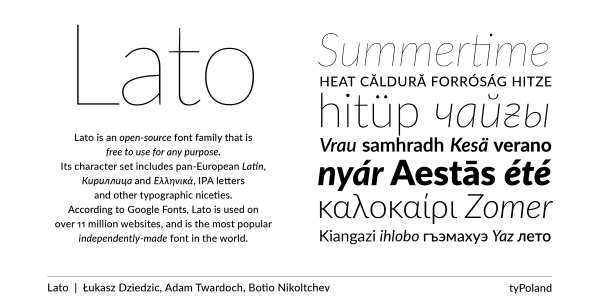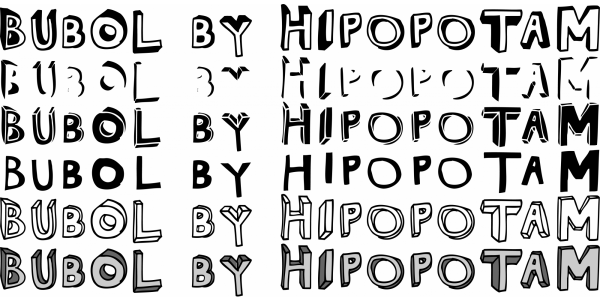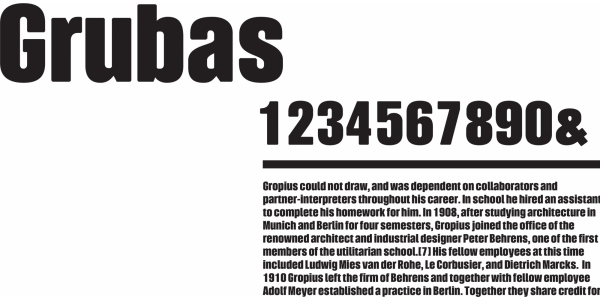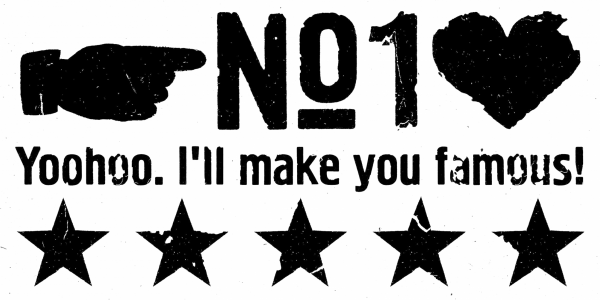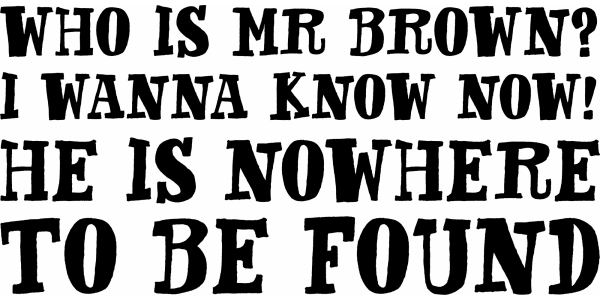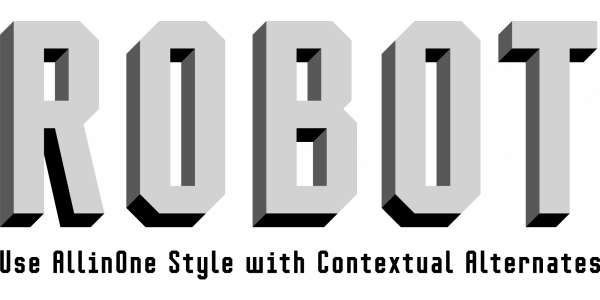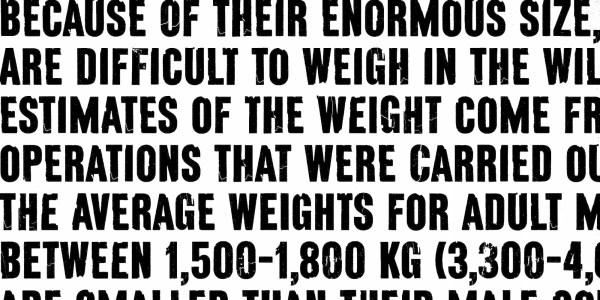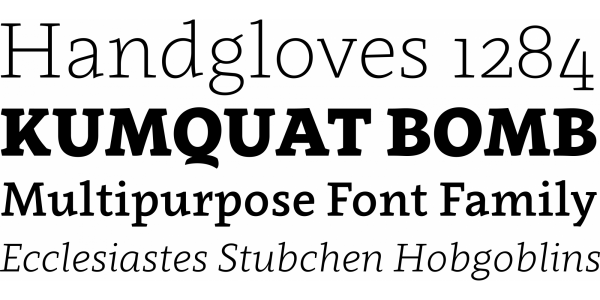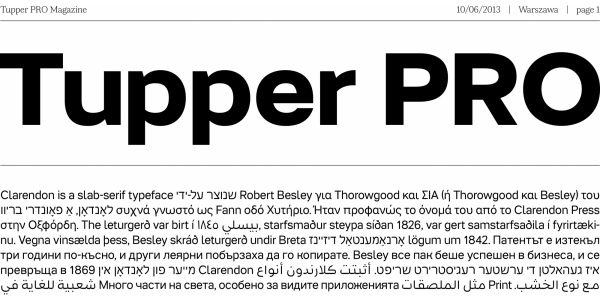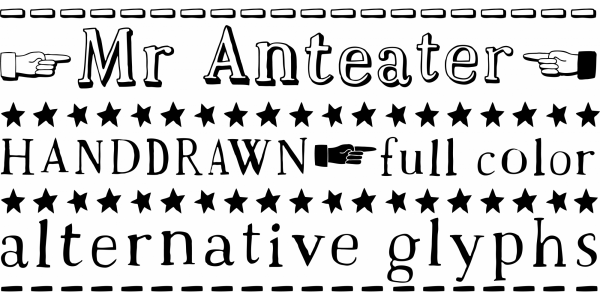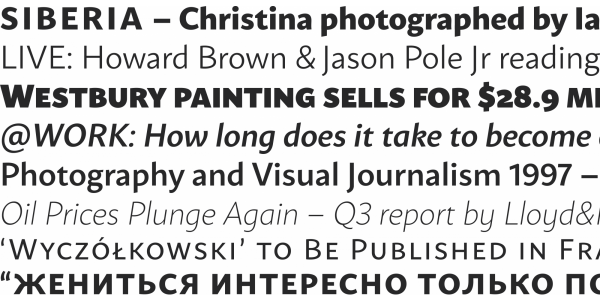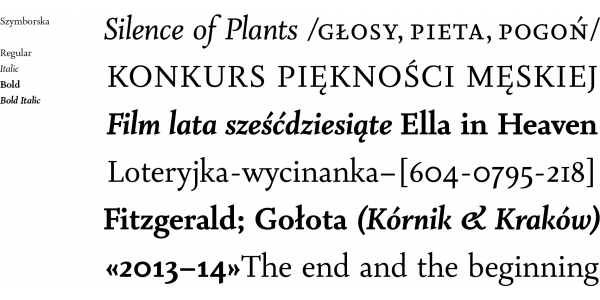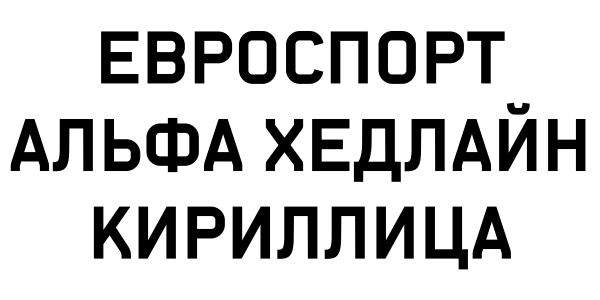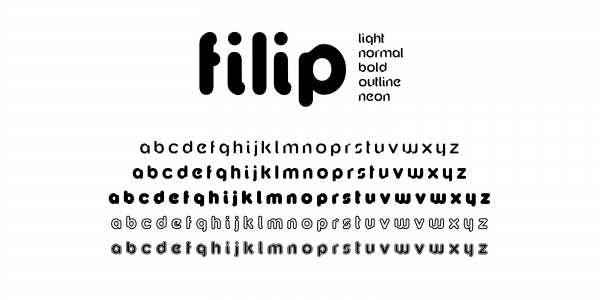OpenType Fonts and digital text (2000–2015)
The beginning of the 21st century was the beginning of the digital circulation of text. Windows 2000, Word, InDesign and the early WWW bring order to digital text encoding: thanks to the introduction of Unicode standard, transferring Polish digital text between different operating systems no longer required tedious conversion. The new OpenType format makes it possible for the same font to include characters from different scripts for the first time, as well as typesetting functions such as small caps and ligatures. Large producers (Adobe, FontFont, Linotype, Monotype) and individual publishers of typefaces around the world started to include Polish diacritics in their fonts. The newly emerging online font stores (MyFonts) give Polish graphic designers immediate access to the world's typographic resources – price was the only remaining barrier.
The font editor – FontLab, created in cooperation between US-Russian-Polish software engineers, became the primary tool for the work of typeface designers and producers around the world. Thanks to the Internet and typographic conferences (ATypI, TYPO Berlin), Polish enthusiasts of digital type design establish contacts with their colleagues abroad. After several decades of Polish typographic stillness, in the first decade of the 21st century, self-taught pioneers (Otto, Nowacki, Frankowski, Dziedzic) create digital replicas of existing designs as well as completely new typefaces. Thanks to the efforts of prof. Kochnowicz, this group was soon to be joined by graduates of the University of Arts in Poznań, followed by subsequent designers, educated in other centers in Poland or at universities in The Hague and Reading.




